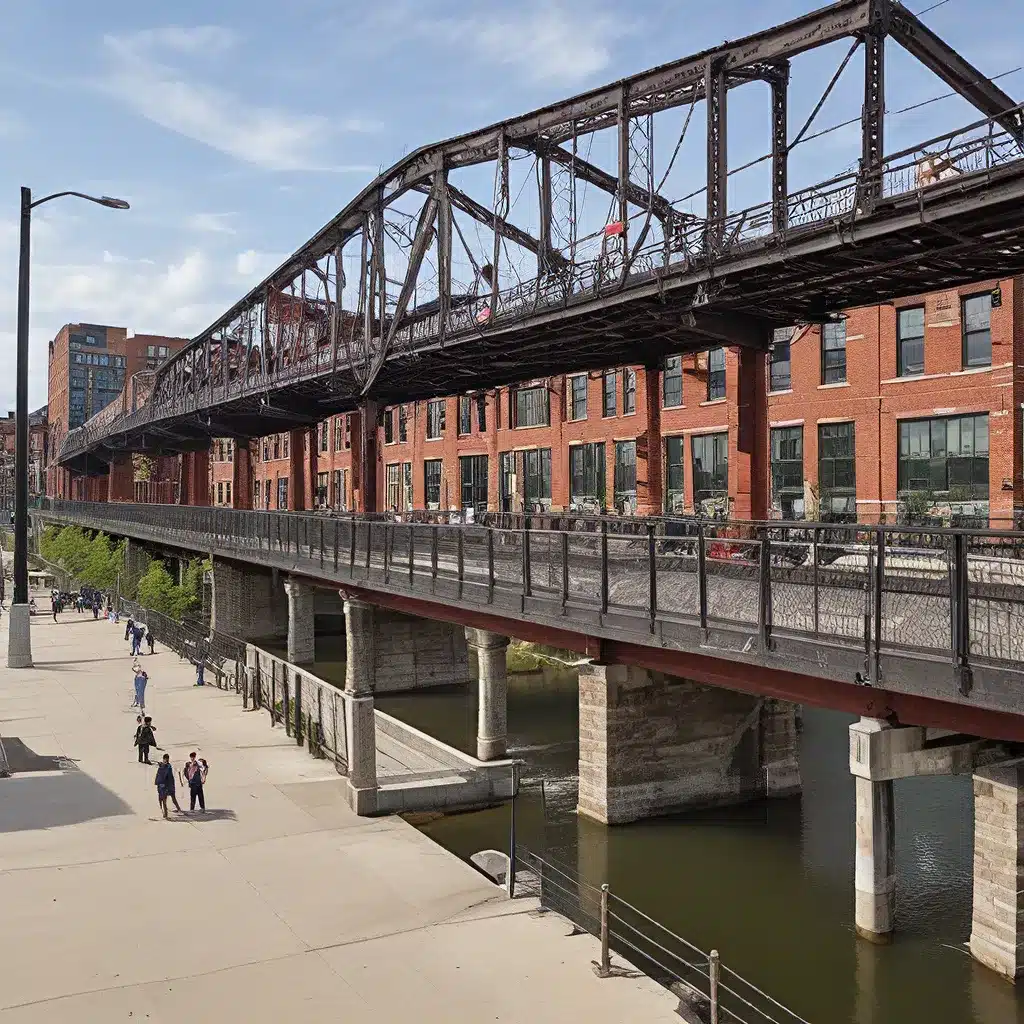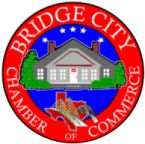
Unlocking the Potential of the Past
As I stroll through the bustling streets of Bridge City, I can’t help but notice the fascinating contrast between the sleek, modern high-rises and the weathered, historic buildings that dot the landscape. It’s a city where the past and present collide, creating a vibrant, dynamic urban tapestry that captivates the senses.
But beyond the aesthetic appeal, there’s a deeper story unfolding – one of adaptive reuse, a revolutionary approach to urban development that is transforming the very fabric of Bridge City. This practice, which stands at the forefront of sustainable architecture and community revitalization, is breathing new life into the city’s overlooked and abandoned spaces, creating a future that seamlessly blends the old and the new.
Uncovering Buried Gems
It all started with a chance encounter I had with a local architect, Alex, who has been at the forefront of Bridge City’s adaptive reuse movement. Over a cup of strong, aromatic coffee, he shared his passion for the city’s hidden gems – the forgotten factories, the dilapidated warehouses, and the crumbling relics of a bygone era.
“These buildings,” he explained with a glint in his eye, “they’re not just structures. They’re vessels of history, repositories of stories waiting to be told. And it’s our job as architects and developers to unlock their potential, to breathe new life into them and transform them into vibrant, functional spaces that serve the needs of our community.”
Reimagining the Possible
As Alex guided me through the streets, I found myself captivated by the examples of adaptive reuse all around us. From the old factory that had been converted into a thriving artisanal marketplace to the historic warehouse that now housed a cutting-edge tech startup, the potential for these spaces seemed limitless.
Adaptive reuse projects, as Alex explained, are not just about preserving the past – they’re about creating a sustainable future. “By repurposing existing structures, we’re not only conserving resources and reducing waste, but we’re also injecting new energy and purpose into areas that were once overlooked,” he said, gesturing towards a bustling community hub that had risen from the ashes of an abandoned industrial complex.
Unlocking Architectural Gems
One of the most fascinating aspects of adaptive reuse, as I soon discovered, is the way it allows for the preservation of architectural integrity and historical significance. Take, for instance, the iconic High Line Park in New York City – a testament to the power of structural innovation and community revitalization.
“The High Line was once an abandoned railway line, but through the collaborative efforts of architects, engineers, and urban planners, it was transformed into a lush, elevated green space that has become a symbol of the city’s vibrant cultural identity,” Alex shared, his eyes alight with enthusiasm.
As we explored the High Line, I marveled at the way the structural engineers had meticulously assessed the railway’s load-bearing capacity, reinforcing weak sections to ensure the safety and stability of the park. This level of attention to detail, combined with a deep respect for the building’s history, is the hallmark of successful adaptive reuse projects.
Unlocking Economic Potential
But the benefits of adaptive reuse extend far beyond just preserving architectural gems. They also offer a unique opportunity for economic revitalization, as Alex pointed out.
“These projects often require less capital investment compared to new constructions, as the existing structures provide a framework to build upon,” he explained. “And the unique character of repurposed spaces can attract a diverse mix of tenants and businesses, driving up the value of the property and the surrounding area.”
Indeed, as I wandered through the bustling streets of Bridge City, I couldn’t help but notice the thriving businesses and vibrant communities that had sprung up in the wake of adaptive reuse projects. From trendy cafes and boutiques to coworking spaces and startup hubs, these repurposed spaces had become the beating heart of the city’s economic and social revival.
Unlocking Community Potential
But perhaps the most compelling aspect of adaptive reuse, as Alex revealed, is its ability to transform communities. These projects, he explained, often serve as the cornerstones for neighborhood revitalization, turning abandoned or underutilized buildings into bustling community hubs.
“By preserving the architectural integrity and historical significance of these buildings, we’re fostering a sense of pride and continuity among community members,” he said, gesturing towards a former factory that had been converted into a vibrant arts and cultural center. “And that, in turn, contributes to the overall social and economic upliftment of the area.”
As I wandered through the bustling streets, I couldn’t help but feel a sense of wonder and optimism. The adaptive reuse projects I had encountered weren’t just about preserving the past – they were about creating a future that was vibrant, sustainable, and deeply connected to the community.
Unlocking the Unexpected
Of course, adaptive reuse projects don’t come without their challenges. As Alex pointed out, regulatory hurdles, zoning laws, and the physical condition of older buildings can all complicate the repurposing process. But it’s in these challenges that the true creativity and innovation of adaptive reuse shine.
“It’s about finding that delicate balance,” he explained, “between preserving the historical essence of a building and making it suitable for contemporary use. And that requires a collaborative approach – one that brings together architects, developers, community stakeholders, and local authorities to overcome these obstacles and realize the project’s full potential.”
And as I stood there, surrounded by the evidence of Bridge City’s adaptive reuse revolution, I couldn’t help but feel a sense of excitement for the future. Because in these old, forgotten spaces, I saw the potential for something extraordinary – a future where the past and present coexist in perfect harmony, creating a vibrant, sustainable, and deeply connected urban landscape for generations to come.
So, if you find yourself in Bridge City, be sure to keep an eye out for those hidden gems – the abandoned warehouses, the crumbling factories, the dilapidated relics of a bygone era. Because in these spaces, the future is being forged, one adaptive reuse project at a time.


